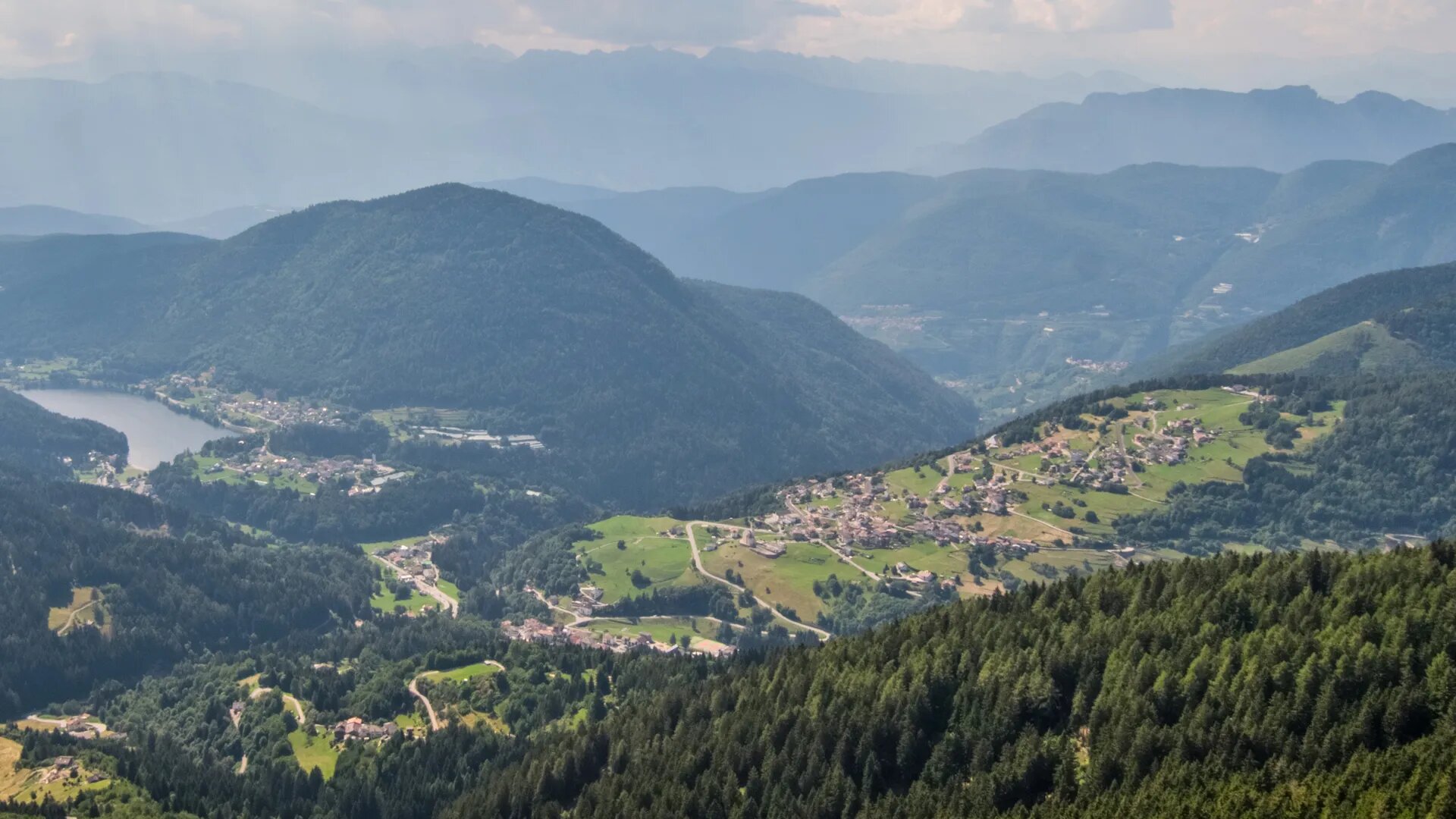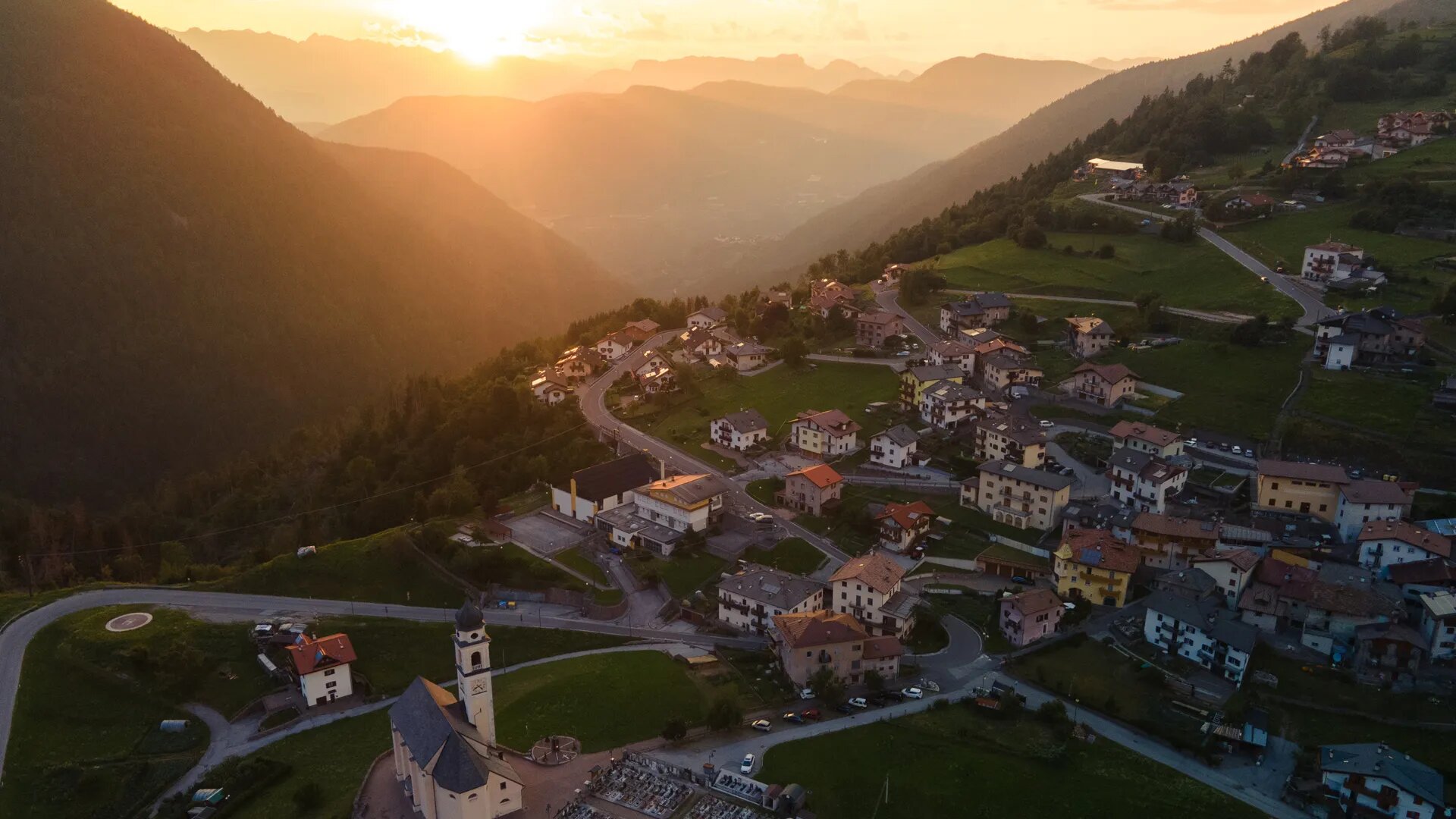The municipality of Bedollo occupies the northern part of the Piné Plateau and takes its name from the birch tree, locally called Bedòl.
Its territory is crossed by the valleys of the Rio Regnana and Rio Brusago. The municipality consists of four hamlets, each comprising several inhabited centers.
Within its borders lie the small Lake of Buse and Lake Piazze, whose beautiful beaches attract many tourists in summer for sunbathing and water sports.
For years, Bedollo has been committed to the recovery and promotion of the Pezzata Mochena goat breed, as well as to the reclamation of abandoned land through the breeding of these animals.
Preserving the landscape and producing zero-kilometer local specialties—such as dairy products, cured meats, honey, and derivatives—are key values of the Bedollo community, aimed at sustainable and synergistic territorial development.
Further information
In the municipality of Bedollo, near the Redebus Pass, remains of Bronze Age smelting furnaces have been found (Acqua Fredda Archaeological Site). The size of the site and the complexity of the metallurgical process suggest the presence of a stable human settlement nearby.
During the French occupation of 1796–97, Bedollo’s territory was the scene of several clashes between Napoleonic troops and Tyrolean-Trentino militias. On February 3 and 27, 1797, the militias of Sover and Fiemme, led by Captains Antonio Lorenzo Sighel and Domenico Santuari, successfully repelled the French at Colbis, near Brusago.
Several Napoleonic soldiers who died during the October 1796 battle are buried in Piazze, on a site known as Doss dell’Oselera.
Artistic monuments:
The current Church of St. Oswald, standing on a plateau in Villa di Bedollo, was consecrated by Olaus Magnus, Archbishop of Uppsala, on August 17, 1546. In 1759, the church was renovated by Claudio Carneri, taking on its present appearance.
The stuccoes decorating the pilaster capitals, presbytery, vault, and entablature, as well as the frescoes, were made by Bartolomeo Bianchi of Brienno, using gypsum from the Castello di Fiemme quarries.
In 1874, Filippo Tornaghi of Monza built the organ, which has since been restored several times.
Next to the church stands the bell tower with its characteristic onion dome, also designed by Claudio Carneri in 1772.


